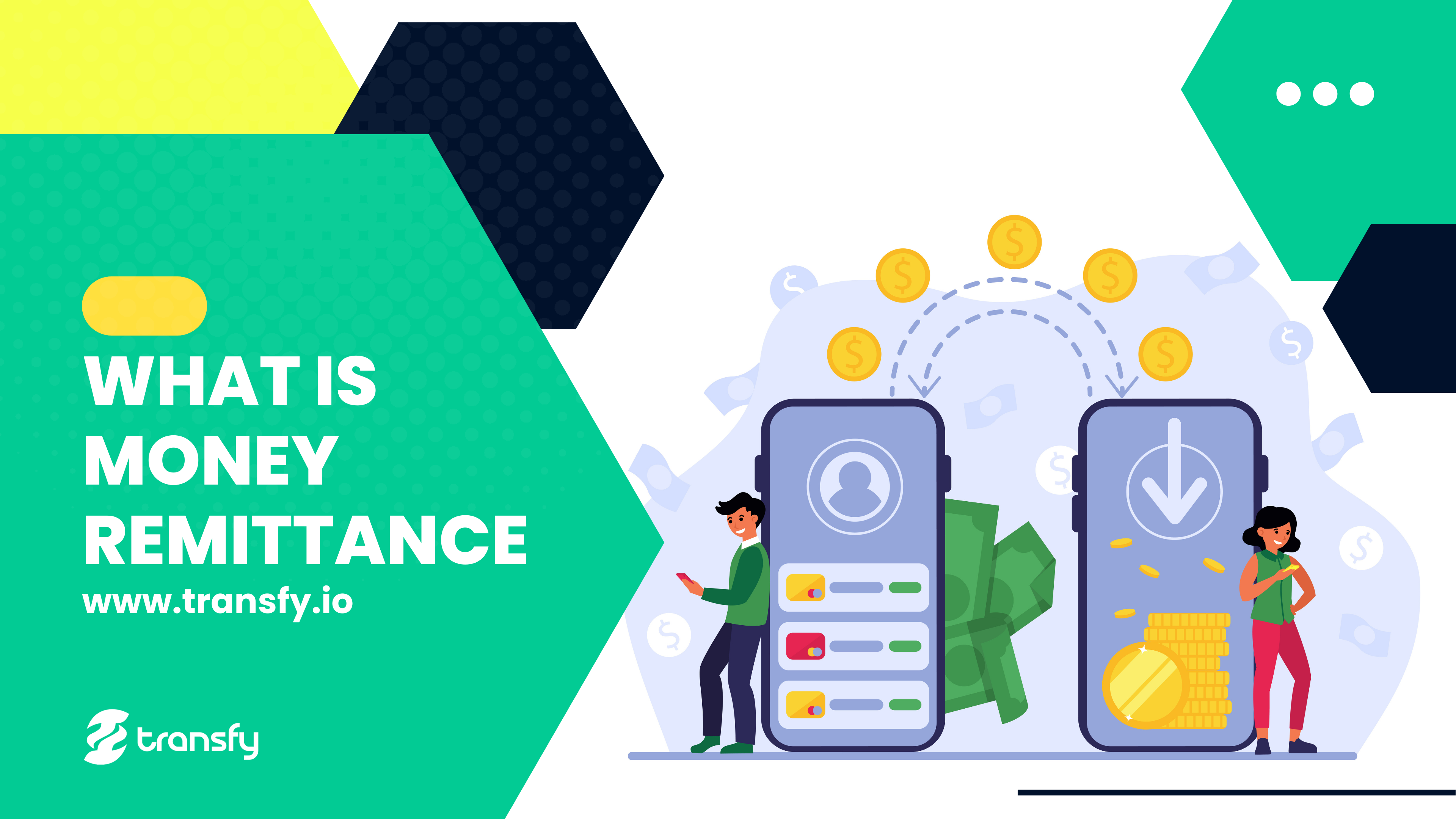Thanks to globalization, businesses can now operate across borders. As a result, companies are expanding their operations to other countries to expand their reach and tap into new customer bases. Expats and freelancers can also work with international companies, even remotely.
In that regard, cross-border payments have become more popular, with more people looking for seamless and cost-effective ways to make instant cross-border payments. Unfortunately, standard wire transfer services are unduly slow and expensive for frequent cross-border transactions, especially when using traditional banks.
On the brighter side, thanks to technological advances like digital payments, blockchain, and AI, it’s now possible to make instant cross-border payments. This has made it easier for people and businesses to conduct transactions with customers and suppliers worldwide.
This post will explain how cross-border payments work and how you can make instant cross-border payments with Transfy.
What Are Cross-Border Payments?
Cross-border payments are defined as payments sent from one country to another. There are a few different ways to make a cross-border payment. You can use a wire transfer, an international money order, or a bank draft. However, the most common way to send money cross-border is through an electronic transfer.
An electronic transfer is a payment sent electronically rather than by check or cash. The funds are transferred from one bank account to another bank account. This is the quickest and most convenient way to make international payments.
How Do Cross-Border Payments Work?
Most cross-border payments today rely on correspondent banking relationships to carry out international money transfers.
This means that to make a cross-border payment, the transfer has to go through a correspondent bank where the recipient is located. That is; the sending bank will transfer funds to the correspondent bank, which will forward the money to the recipient's bank. To accomplish this, the payment process is done in three stages. And here's how it works
Three Processes of Cross-border Payments
- Pre-funding
- Clearing
- Settlement
In the pre-funding stage, the sender (an individual or a company) creates or funds a local bank account.
The clearing phase involves routing the funds through a clearing bank (correspondent bank) in the recipient's country.
Lastly, the settlement stage involves the crediting of the recipient's bank account by the receiving bank.
Furthermore, a cross-border payment may involve one or more intermediaries/ banks for each stage of this process. This also depends on the amount of money being sent, the location of the recipient and the banks involved.
Four Major Components of a Cross-Border Payment
Whether you're sending or receiving a cross-border payment, there are four essential components you should pay keen attention to. They include:
- Currency: The currency a buyer wants to use to pay for a product or service e.g US dollars, Naira, Euro, etc.
- Exchange rate: The amount charged by a bank for converting one currency into another during a foreign exchange transaction.
- Payment type: The most common payment types are wire transfer and credit card, but when it comes to international payments, other options such as Automated Clearing House (ACH) and direct debit play an important role too.
- Payee details: The person, company, or institution you're sending the money to.
Also Read: What Are Money Remittances
How to Make Instant Cross-Border Payments
Making an instant cross-border payment is quite simple and straightforward. Here's how it works:
1. Select the currency you want to pay in
2. Enter the recipient's email address or phone number
3. Enter the amount you want to send
4. Review the details of your payment
5. Click Send Payment
For Africans who need to move money across Africa with swift and reliable transactions, Transfy offers a better way to move money across Africa without hassles.
Transfy is a Pan-African money remittance platform that offers individuals and businesses in Africa a seamless and cost-effective means to send money across Africa.
How To Make Instant Cross-Border Payments With Transfy
Create Account
Securely and freely create an account with us in minutes.
Fund Your Wallet
Fund your account securely through bank transfer or using a mobile money transfer.
Input The Receiver Details
Provide the details of the recipient. Select the payment channel - mobile wallet or local bank account. Click on SEND and wait for us to do our magic.
The recipient receives the money instantly or within minutes or hours, depending on the service provided. They can also withdraw the money through their bank account, mobile wallets, or a mobile money agent in their locality.
Also Read: Best Intra-Africa Money Transfer Apps 2022
What Are the Limitations of Cross-Border Payments?
Cross-border payments are a great way to send money quickly and easily to friends and family abroad. However, there are some limitations to keep in mind.
First, not all countries are supported by cross-border payments. You can check the list of supported countries on the
Second, the recipient of the payment may be charged by their bank for receiving the payment. This fee is usually waived for some banks but may apply if you use a credit or debit card.
Finally, cross-border payments can take a little longer to process than domestic payments. This is because the money needs to be converted from one currency to another. However, the time it takes for the amount to be processed will vary depending on the currency pair and the exchange rate at the time of the transaction.
Conclusion
Cross-border payments are becoming increasingly popular as businesses and consumers look for faster, more efficient ways to make transactions. In fact, Instant cross-border payments are the future of money remittance. They're convenient, fast, and secure. And with services like Transfy, it's never been easier or more affordable to send money across Africa and beyond.



